extension of the automobile museum, turin
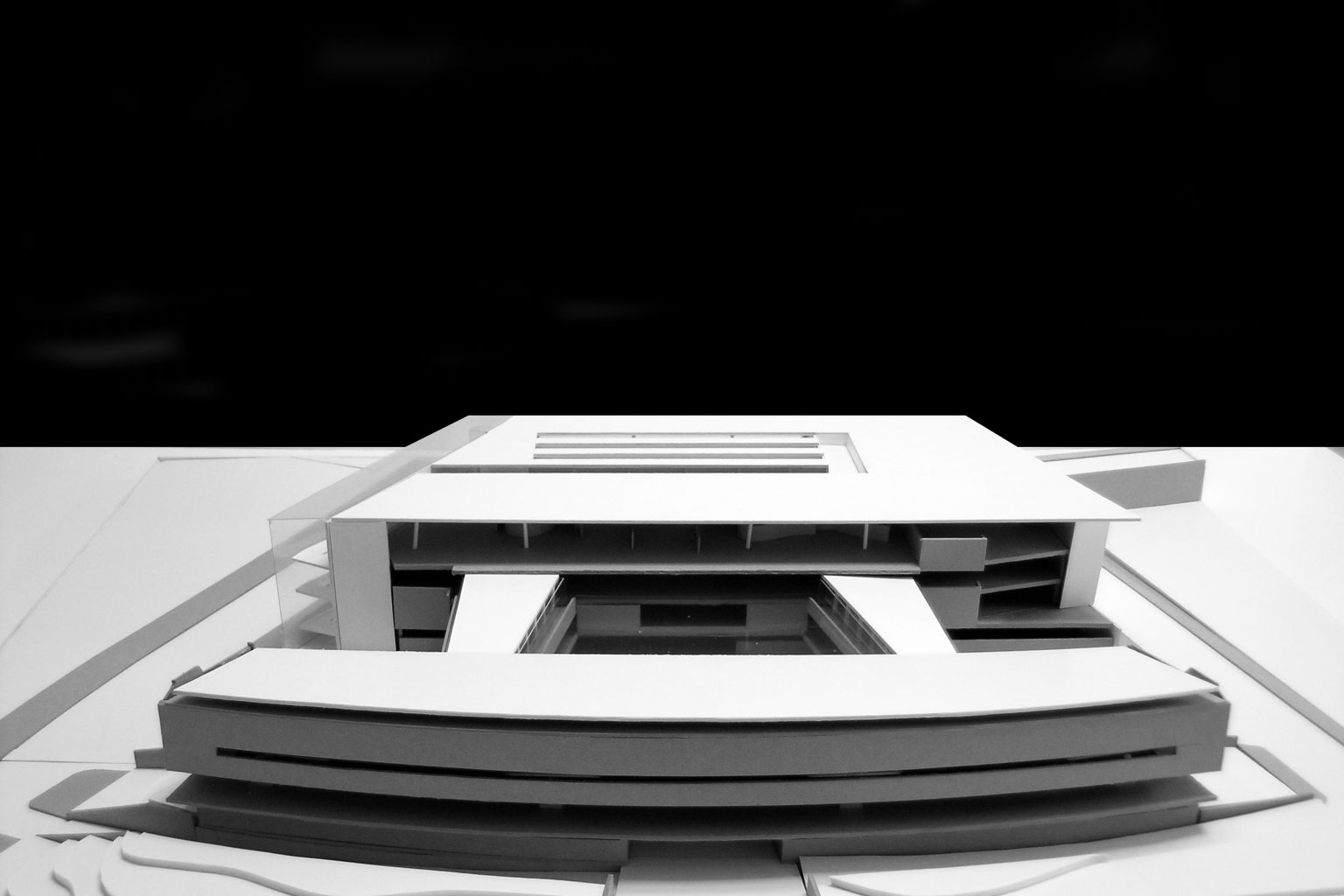
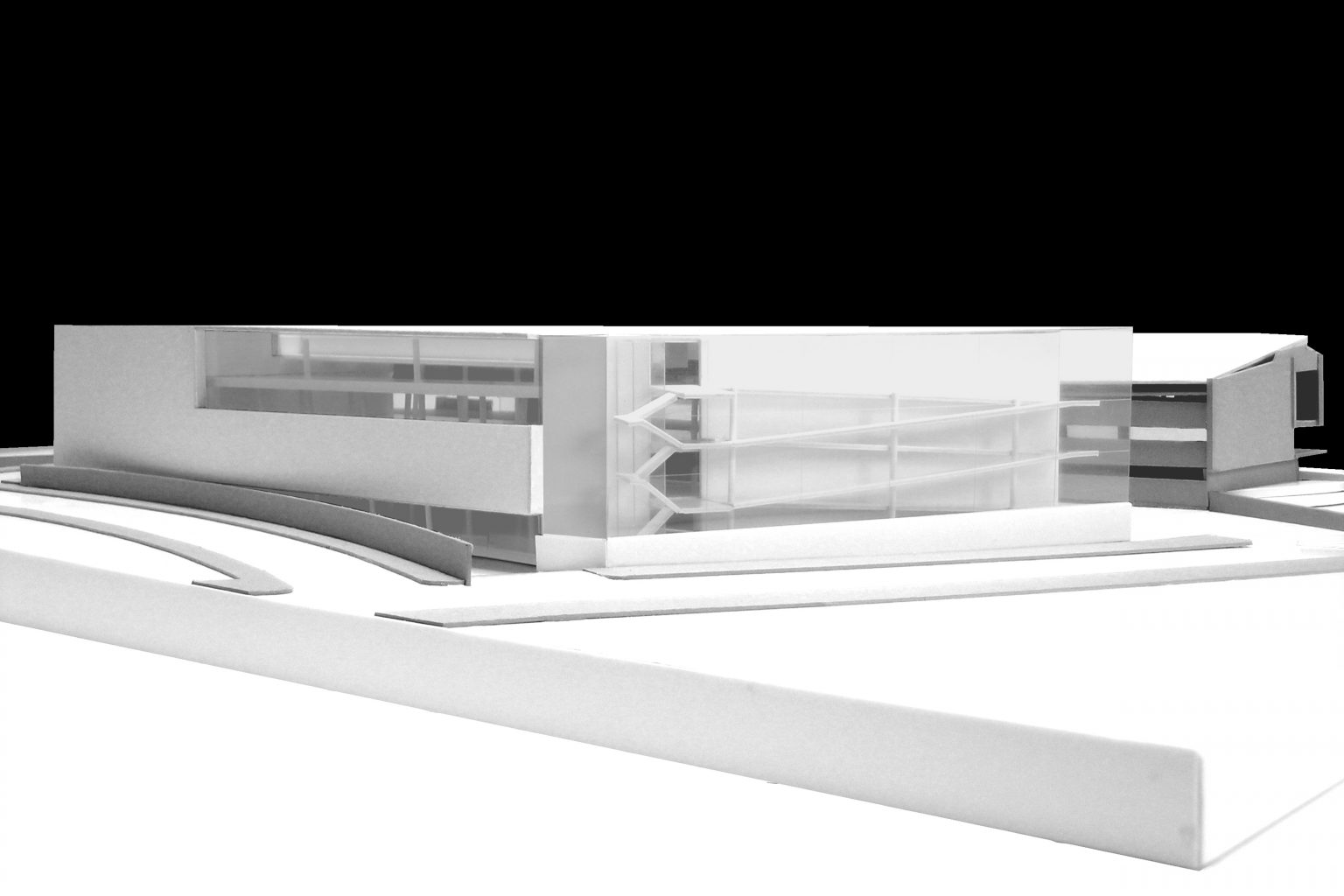
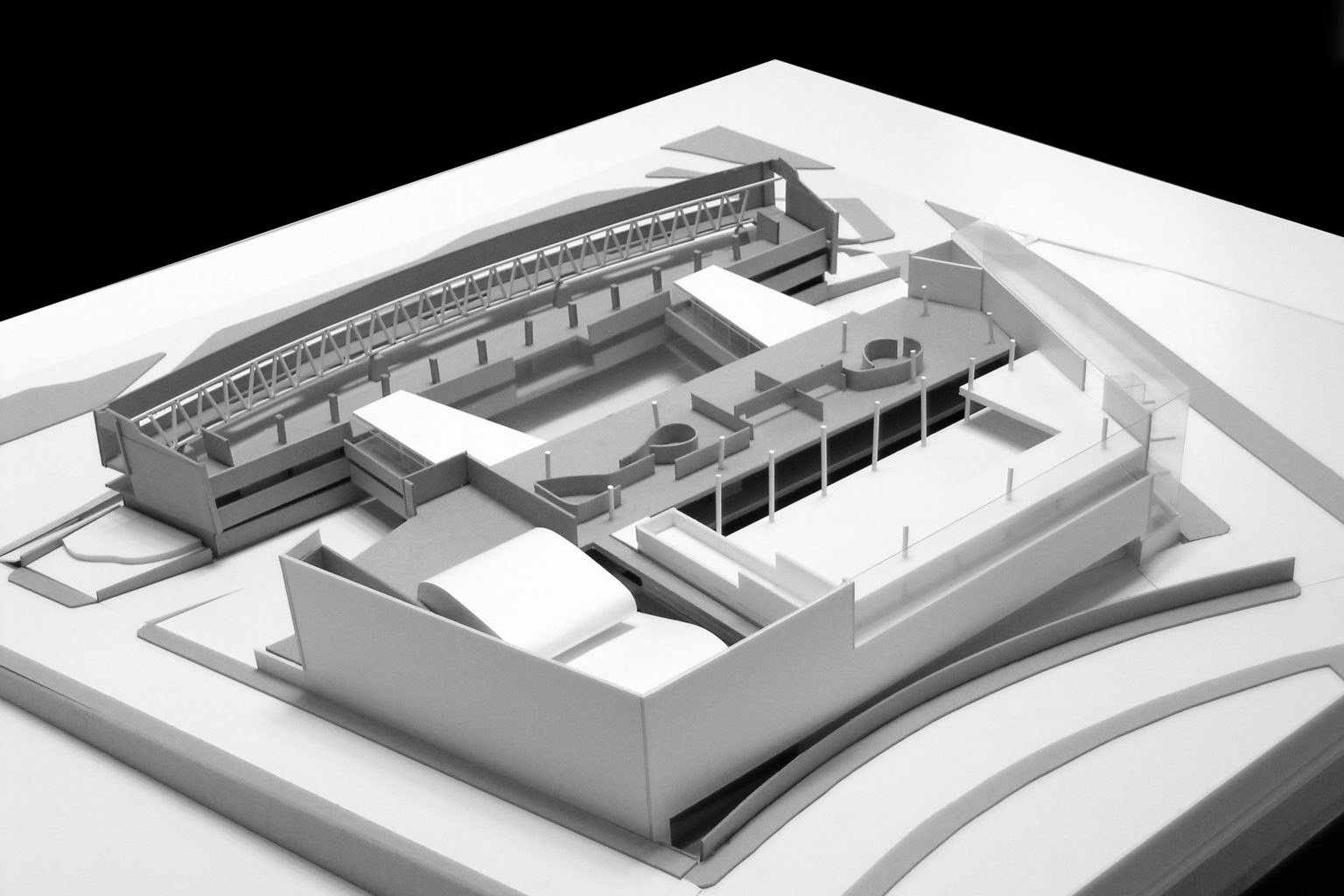
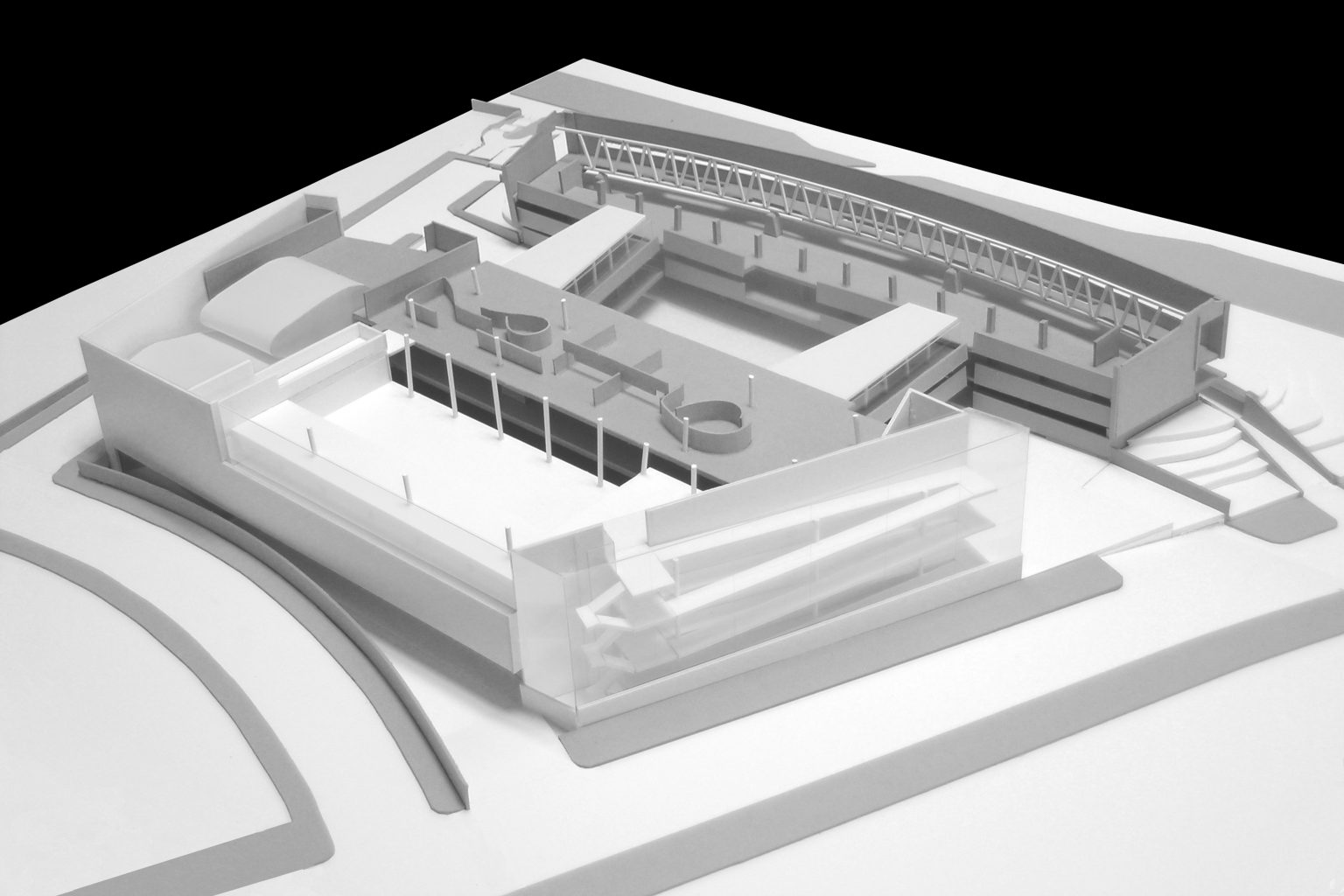
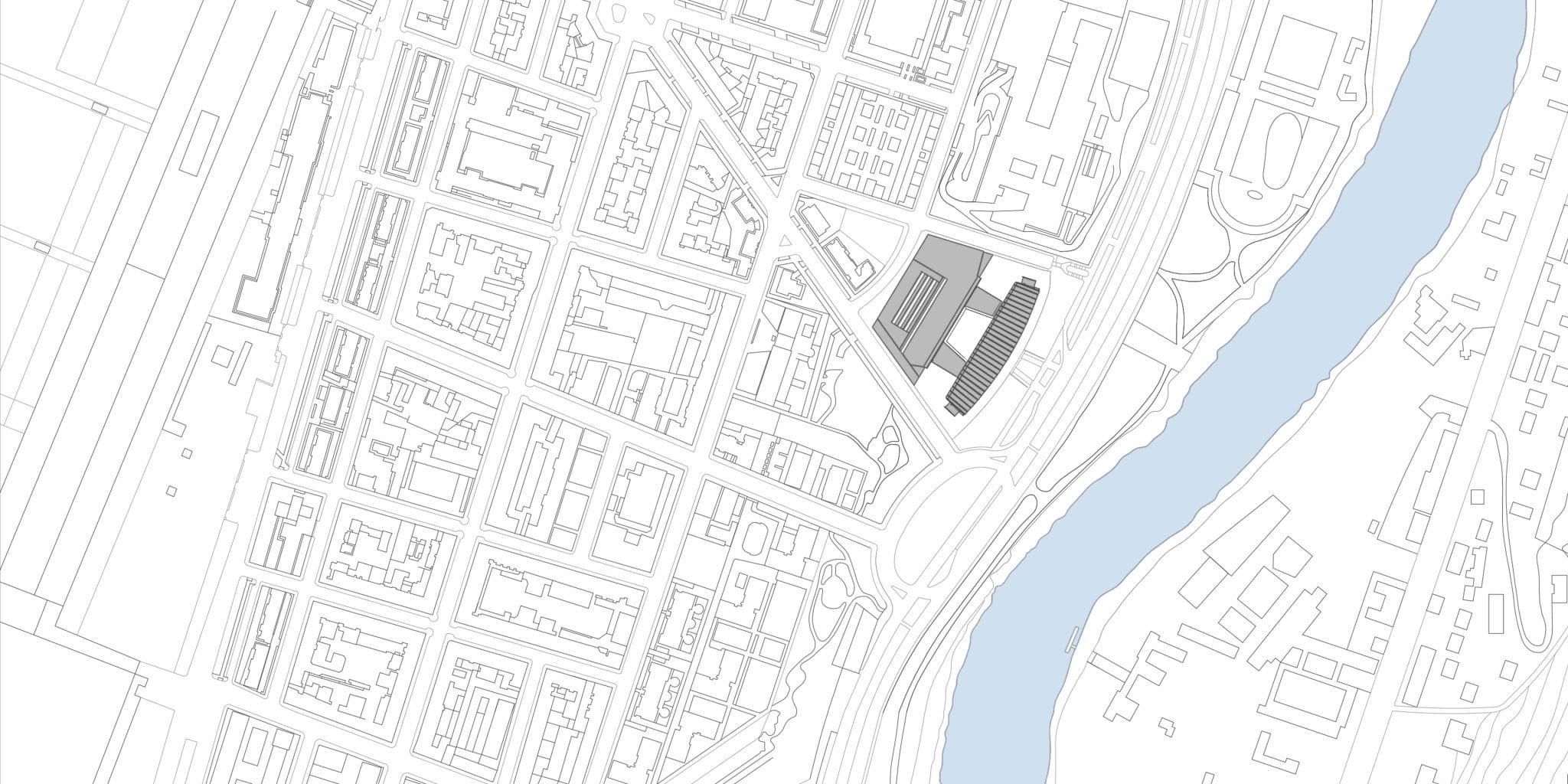
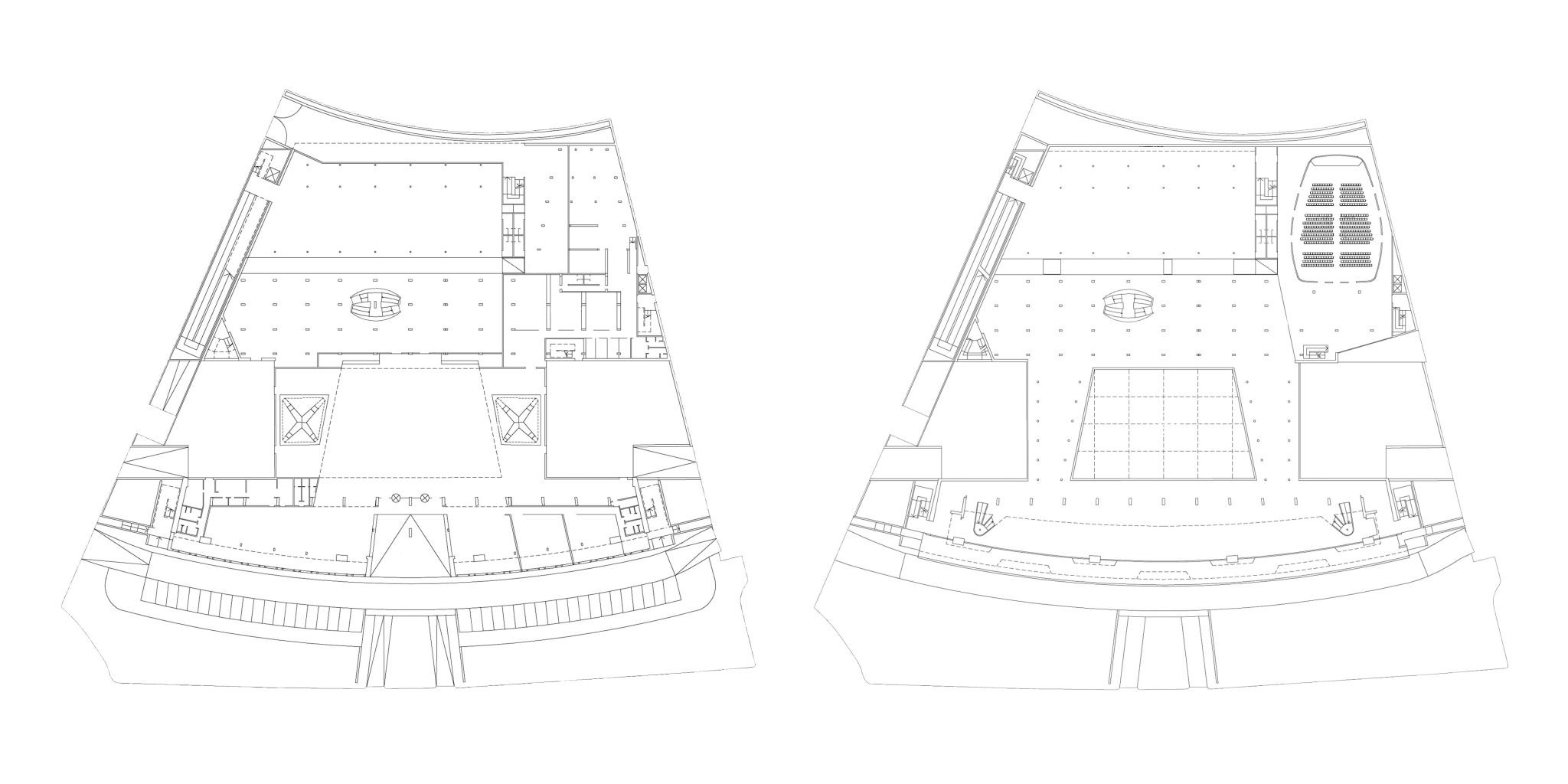
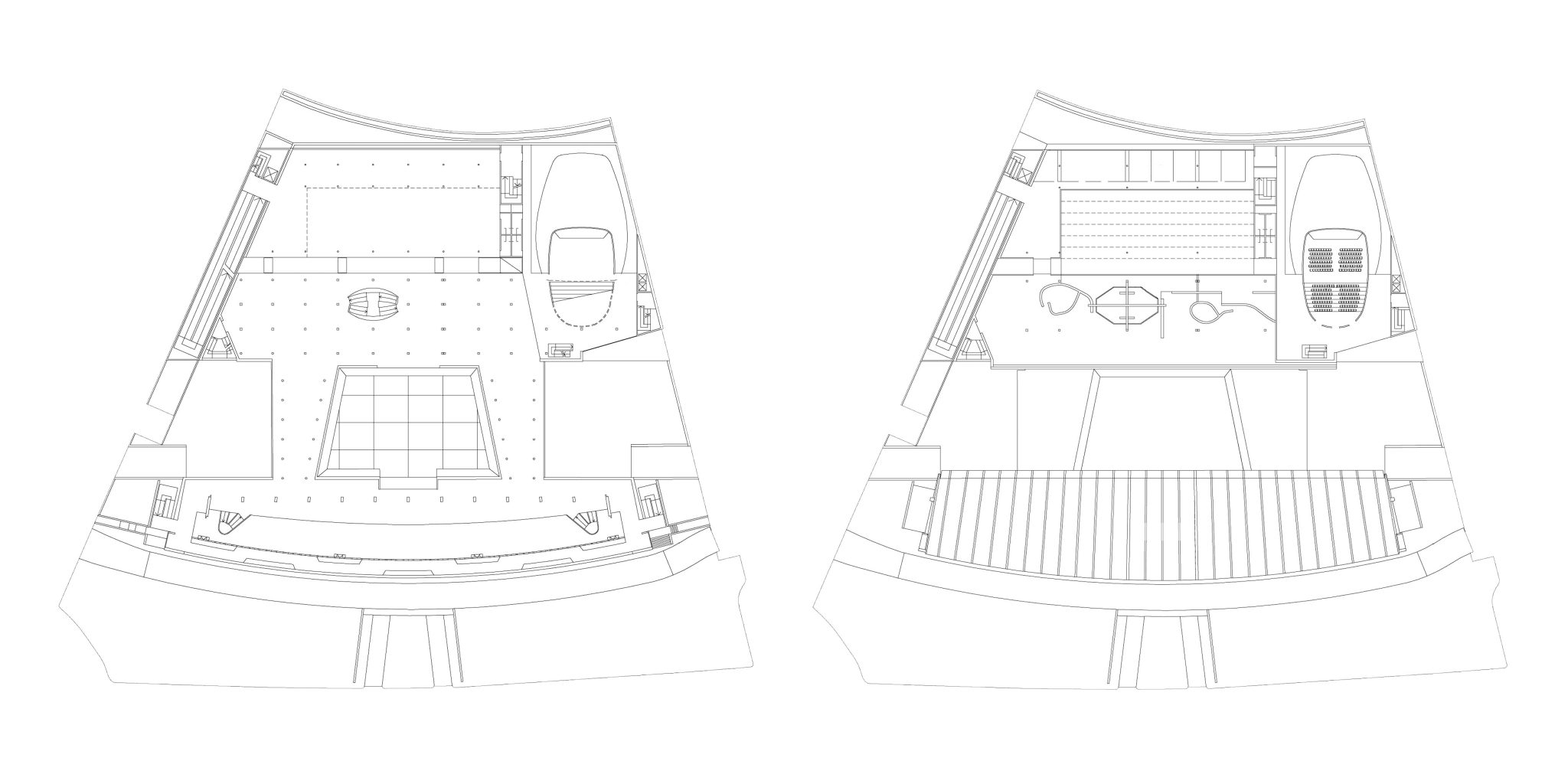
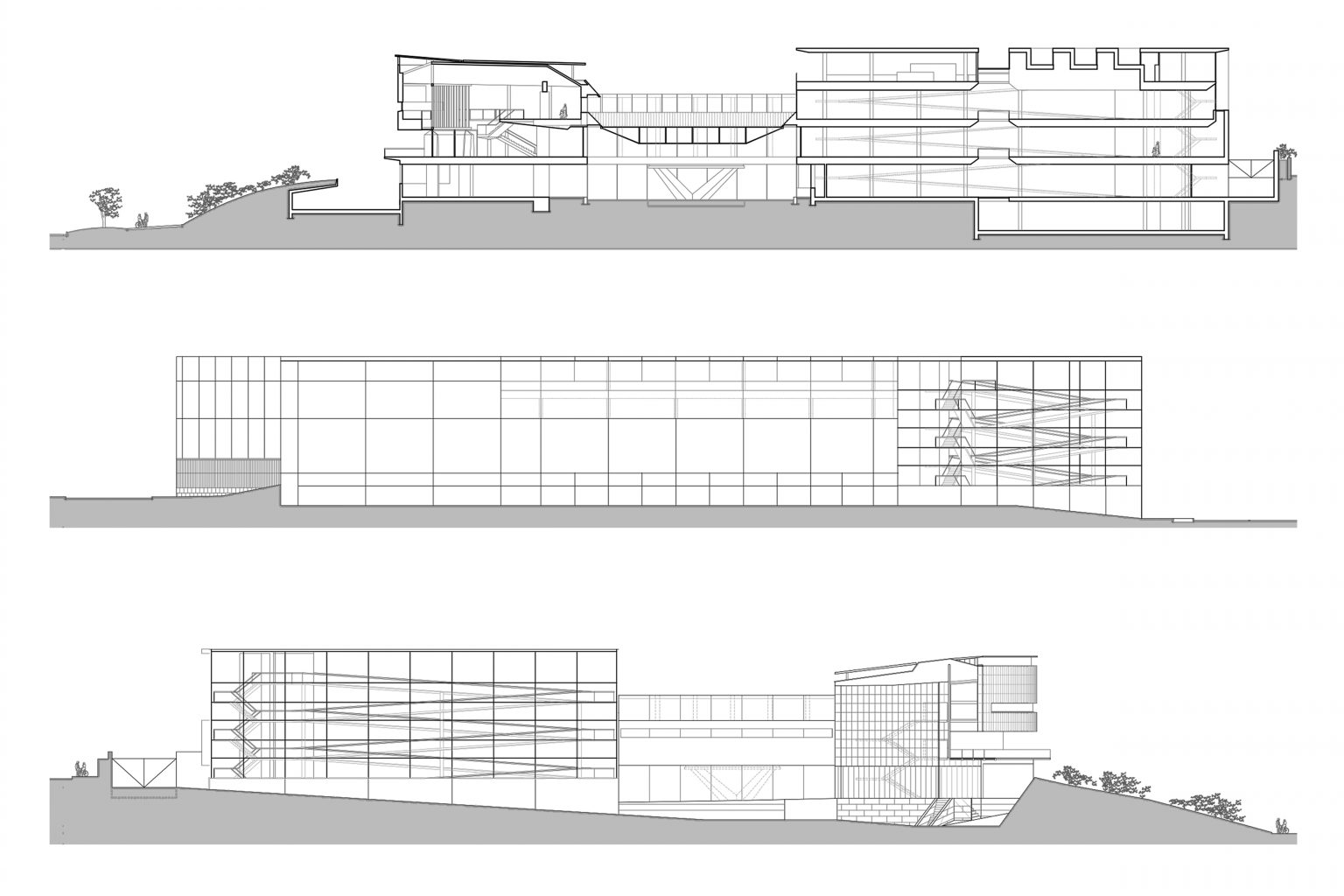
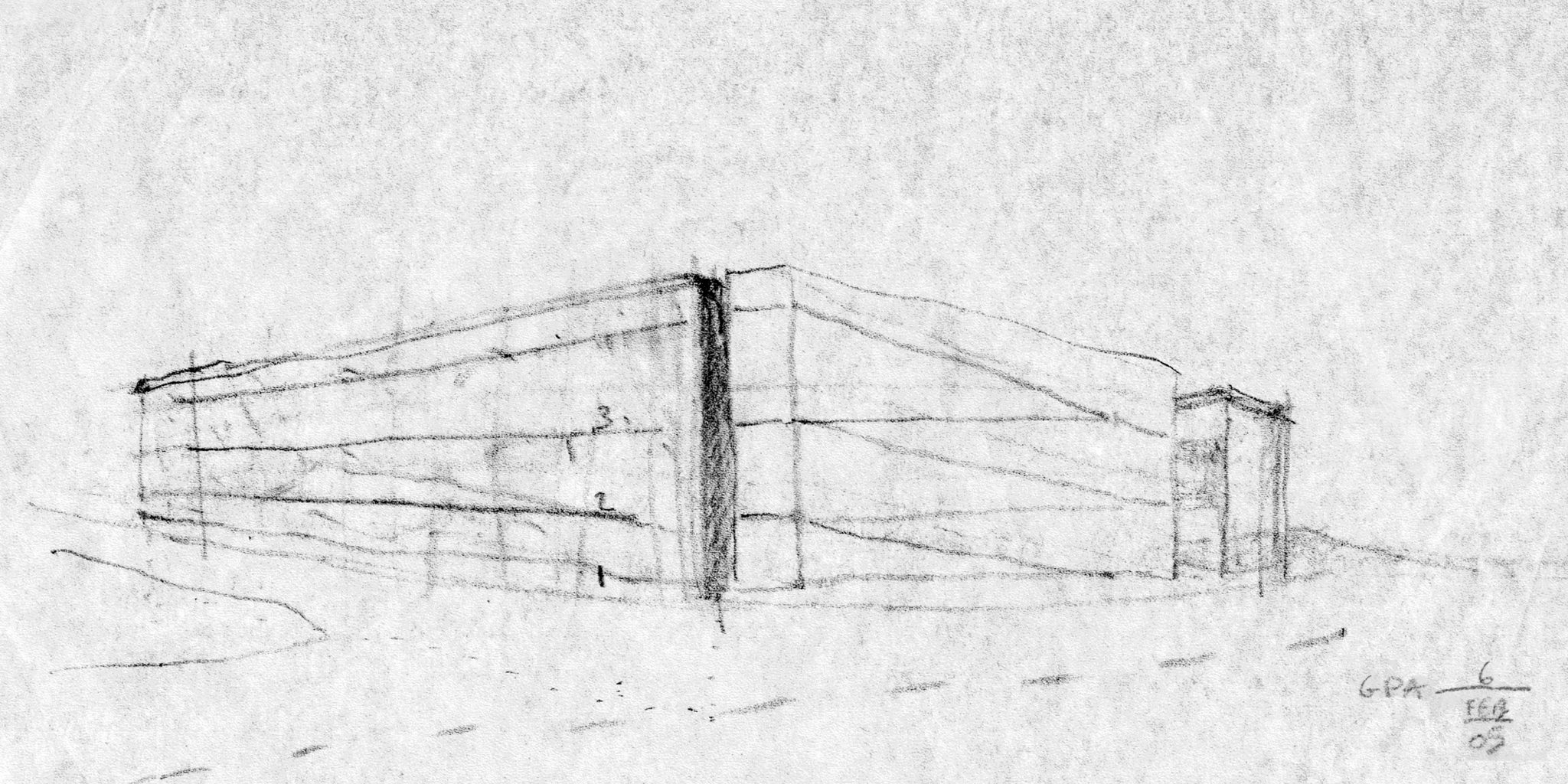
the turin automobile museum, born from the work of carlo biscaretti di ruffia, is the only national museum of its kind in italy. it is housed in the headquarters built in 1960 by architect amedeo albertini on the left bank of the po a short distance from the lingotto and is one of the few buildings built specifically to house a collection of cars. the museum boasts one of the most rare and interesting collections of its kind, almost 200 original cars, from the mid 800 to the present day, of over eighty different brands. in 2002 the top of the museum began to think of a work of renewal, in fact forty years have passed and the museum is now dated and needs a change that makes it more attractive. in this context, our project has as its main objective the operation of a museum machine in continuity with the three levels of the existing museum. the exhibition area that is defined by the welding of the current levels with the expansion, together with the raising of the connecting sleeves between the building facing the corso unità d’italia and the body behind it, conforms to the first and second level like a ring. the spatial continuity between the different levels is guaranteed by a new ramp that faces via richelmy, configuring itself as an exhibition space but above all as an essential “mechanism” for the functioning of the museum machine. here then the transfer of the idea of a car from the car to the museum is the key to understanding the intervention. it is in its internal organization, as a mechanism that is staged, collects different flows and with different speeds: the rapid and vertical glazed elevator that shows how a showcase moving the cars on display, the slow one of the visit and the daily one in the change of natural light. and it is in the solutions adopted externally, as “bodywork” that defines a museum not as an addition of accretions but as a unitary and recognizable intervention, respectful of the architectural qualities of an existing building that represents an excellent season of italian architecture.